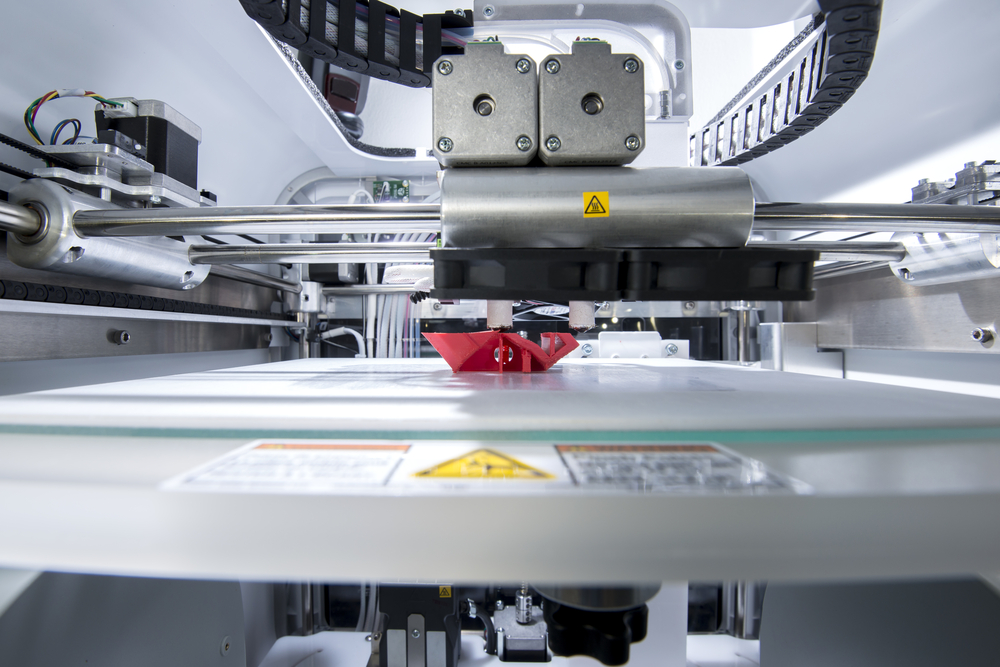As we can see from Damian Hennessey’s article on the implications of 3D printing on the IoT, there is no question that 3D printing is a significant part of our technology upgrades in the past decade. We have seen particular improvements when using this technology in automotive, healthcare and electronics industries and we know that this movement will only continue to grow. In and of itself, this 3D printing is exciting and the possibilities are endless. But, as the Internet of things (IoT) grows alongside it, the impact the IoT can have on 3D printing can make it even more advantageous for businesses going forward.
And this isn’t just a theory. Manufacturers using IoT solutions saw an average of 29% increase in revenue between 2013 and 2014 according to a TATA Consultancy Survey. Combining 3D printing and the IoT can make business production processes more effective and efficient.
By connecting big data analytics to 3D printing through embedded sensors, the IoT can help to ensure quality control. As the article from IT Pro Portal outlined:
“The IoT involves a constantly-growing number of sensors and devices gathering every possible bit of data about human behaviour and interaction, and allowing businesses to gather information about how their products behave, and use it to understand and predict future behaviours.
By placing sensors to collect and analyse manufacturing information to detect production problems in real time, the technology can identify factors such as temperature and structural integrity that help improve the quality of output coming from the manufacturing floor. This is something that is already being applied by companies such as GE Aviation in the aerospace industry.”
Given the potential of both IoT and 3D printing, and the ways it can disrupt and improve current practices, open standards are imperative. As regular readers of our blog know, the OpenStand principles can guide 3D printing and the IoT for the betterment of businesses across multiple industries. This technology is being used across the globe and open standards will only make it function in a more efficient and effective way. This marketplace demands innovation and offers a great opportunity to merge with other devices and processes to bring together a new digital world for the future. Even more specifically, open standards and IoT solutions are in a great position to merge with the new digital manufacturing processes, to help bring together the new “digital enterprise.”

